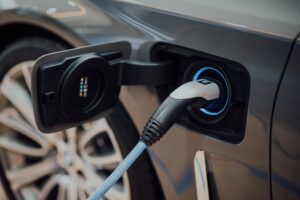Electric cars are the future, or this is what the industry gurus had said.
But how users can be sure they are safe and sound after the recently registered incidents?
How can the industry test batteries?
One of the main commitments in ROBOTICS is to ensure the security of the end-user.
Due to last week’s electric car battery incidents, we want to spotlight the importance of the regulations created to test batteries and the different testing systems that batteries manufacturers can use.
A wide range of standards and protocols providing manufacturers with guidance on how to construct more safety batteries for the automotive industry.
Some of the main ones are the Underwriters Laboratories (UL), the Institute of Electrical and Electronics Engineers (IEEE), the Society of Automotive Engineers (SAE), the International Organization for Standardization (ISO) and the United Nations Economic Commission for Europe (UNECE).
These organizations conclude that there are at least nine different tests that automotive batteries need to succeed:
Vibration test: To verify the safety of the battery under a vibration environment that the battery is likely to experience during the regular operation of the vehicle.
Thermal shock and cycling test: To verify the resistance of the battery to sudden changes in temperature.
During it, the battery should undergo a specified number of temperature cycles, which start at ambient temperature followed by high and low-temperature cycling.
It simulates a rapid environmental temperature change that a battery is likely to experience during its life.
Mechanical integrity: To verify the safety performance of the battery under inertial loads which may occur during a vehicle crash.
Fire resistance: To verify the safety performance of the battery under contact loads which may occur during a vehicle crash situation.
External short circuit protection: To verify the resistance of the REESS, against exposure to fire from outside of the vehicle due to a fuel spill from a vehicle (either the vehicle itself or a nearby vehicle), for example.
This situation should leave the driver and passengers with enough time to evacuate.
Over-charge protection: To verify the performance of the short circuit protection.
This functionality, if implemented, shall interrupt, or limit the short circuit current to prevent the battery from any further related severe events caused by short-circuit current.
Over-discharge protection: To verify the performance of the overcharge protection.
Over-temperature protection: To verify the performance of the over-discharge protection.
This functionality should interrupt or limit the discharge current to prevent the battery from any severe events caused by a too low SOC.
In ROBOTICS, we do think that electric vehicles whose batteries have succeeded in these tests are secure.
We have systems to test all these tests regarding the international standards. In case you need to test any battery, we recommend getting in touch with us or checking our website.






